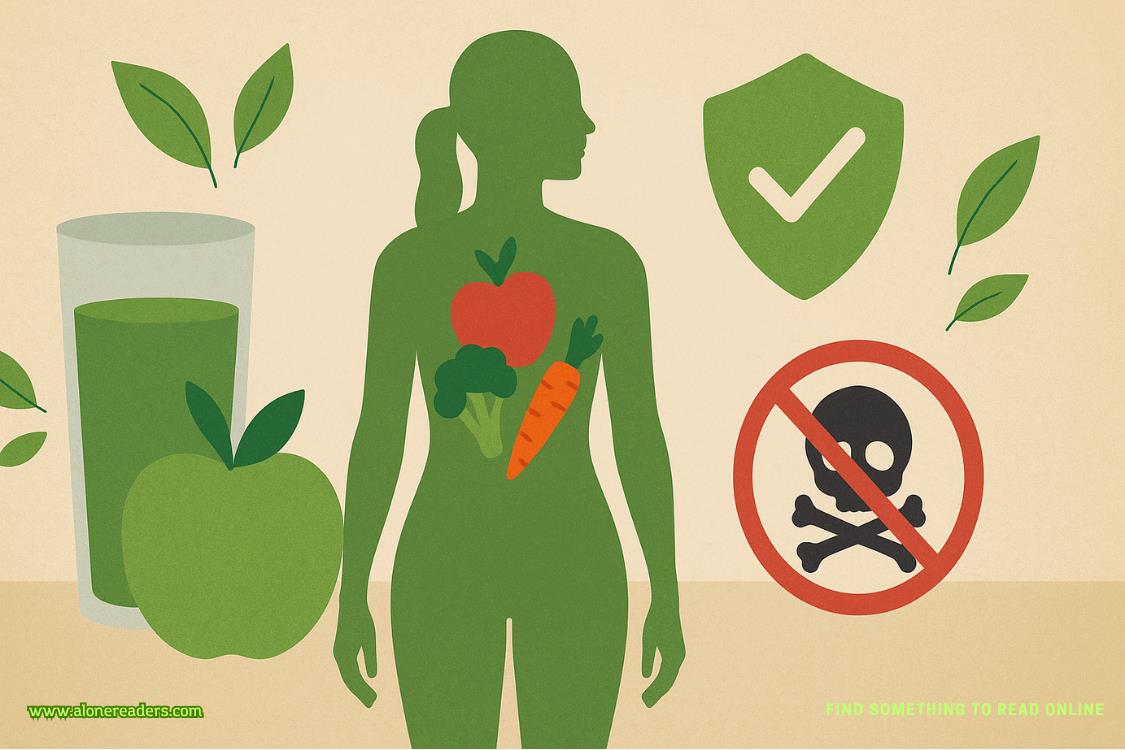Page 29 of The New House
Page List Listen Audio
A little girl can grow up to be a life-saving heart surgeon instead of a serial killer.
Because of my dysfunctional home life, I was forced to develop a certain callousness and lack of emotionality to survive. But my children have grown up in a good, loving home. They’ve been nurtured and listened to and given healthy rules and safe boundaries. I’ve done everything I can to make sure they grow up into kind, loving, normal human beings.
And yet one of them is more dangerous than I’ve ever been.
Some genetic variants get weaker with each generation as evolution picks and chooses those traits best suited to ensure survival. Frequently, a negative mutation burns itself out: those who have it are either infertile, or die before they can reproduce and pass it on. Other mutations become stronger. A part of me is almost in awe: I feel like a talented amateur musician who’s given birth to Mozart.
Meddie and Peter have the same biological parents and have been raised in the same home, but one is happy to spend the day curled up in a window seat reading a book.
The other has just pushed their sibling from a second-floor window.
I’ve watched for the early warning signs since the moment my children drew breath. The first red flags appeared in nursery school, when we were called in for conferences with the teacher three times as often as other parents.
Your child doesn’t seem to care about getting into trouble.
We need to work on our socialisation skills.
There’s been an incident of spitting …
… of kicking.
… of biting.
Tom used to remind me kids aren’t goodorbad. Psychopathy is a continuum and some elements will be found to some degree in most children.
He was right, of course. Kids can be unkind, even cruel. They form gangs, bully each other, squash caterpillars; they lie and cheat and steal. Girls just as much as boys. Most kids’ childhoods are lessLittle Womenand moreLord of the Flies.
But I knew. Meddie was nine and Peter six when I discovered exactly what I’d given birth to.
My daughter was in anexceptionally good mood that morning. She’d got herself up and ready for school before I was even awake, and then ate the breakfast I prepared for her without her usual raft of complaints. When Peter sat on the papier-mâché artwork she’d spent the previous evening working on for class, she didn’t say a word.
I discovered why when I came home that night.
‘The classrabbit, Tom?’ I said, when the kids had gone to bed. ‘I told Meddie she couldn’t sign up to the roster to look after him because you had allergies.’
‘She’s not stupid. She knows that’s bullshit.’
‘Remember what happened with the tortoise? You don’t think bringing home a baby rabbit is asking for trouble?’
‘The tortoise was an accident.’
‘You don’t put a tortoise in the microwave byaccident.’
‘You do if you’re five years old and think it’s hibernating because it’s cold,’ Tom said irritably. ‘Stop looking for something that isn’t there, Millie. Our kids are perfectly normal. They’re justkids.’
He stuck to his see-no-evil stance even when the rabbit ‘escaped’ from its hutch that night and climbed into the dishwasher and ran the steam-and-sanitise cycle all by itself.
He maintained it the following year when the little boy next door nearly lost his finger in a garden gate that mysteriously jammed shut, insisting it was just another unfortunate accident.
But even Tom can’t hide from the truth now.
The only reason we’re not planning a funeral is because the magnolia tree beneath the hall window broke what would have been a fatal fall.
We won’t always get this lucky.
It’s just a question of time.
chapter 18
- Triumphant Kings by Alisha Williams
- Nothing to Beat by Scarlett Finn
- Marked by the Protective Biker by Hope Ford
- Boys Who Taint by Clarissa Wild
- What's Left of Us by H.N. DeFore
- Over the Moon by Laura Pavlov
- You, Me, and Forever by Laura Pavlov
- My Silver Lining by Laura Pavlov
- Savagely Mated by Loki Renard
- Bred By the Cowboy by Krista Ames
- Hooked On Seth by Krista Ames
- An Unexpected Twist by Krista Ames
- Rescuing Alix by Krista Ames
- Playing With His Heart by Krista Ames
- In Too Deep by Juwell Mcglown
- Flynn by Luna Maree







